<--- Back to Details
| First Page | Document Content | |
|---|---|---|
 Date: 2017-08-02 04:54:12Automated theorem proving Concolic testing Software testing Equations Z3 Solver Equation solving Mathematics Abstraction Software engineering |
Add to Reading List |
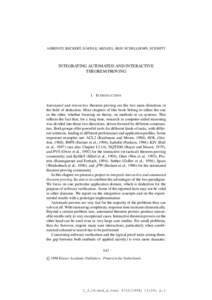 | AHRENDT, BECKERT, HÄHNLE, MENZEL, REIF, SCHELLHORN, SCHMITT INTEGRATING AUTOMATED AND INTERACTIVE THEOREM PROVING 1. I NTRODUCTIONDocID: 1vah4 - View Document |
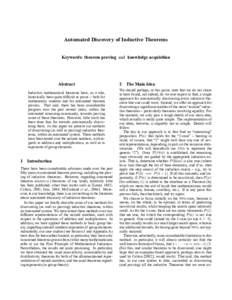 | Automated Discovery of Inductive Theorems Keywords: theorem proving and knowledge acquisition Abstract Inductive mathematical theorems have, as a rule, historically been quite dif cult to prove – both forDocID: 1sXwT - View Document |
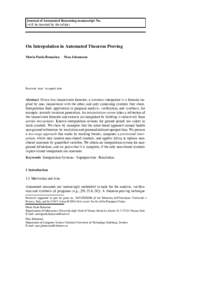 | Journal of Automated Reasoning manuscript No. (will be inserted by the editor) On Interpolation in Automated Theorem Proving Maria Paola Bonacina · Moa JohanssonDocID: 1sOSK - View Document |
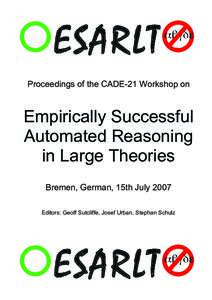 | Microsoft Word - BlankPageDocID: 1rugC - View Document |
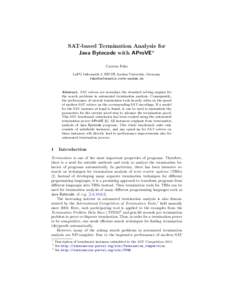 | SAT-based Termination Analysis for Java Bytecode with AProVE? Carsten Fuhs LuFG Informatik 2, RWTH Aachen University, GermanyDocID: 1rrok - View Document |
 DryadSynth: A Concolic SyGuS Solver Xiaokang Qiu (joint work with Kangjing Huang and Yanjun Wang) Purdue University SYNT Workshop
DryadSynth: A Concolic SyGuS Solver Xiaokang Qiu (joint work with Kangjing Huang and Yanjun Wang) Purdue University SYNT Workshop